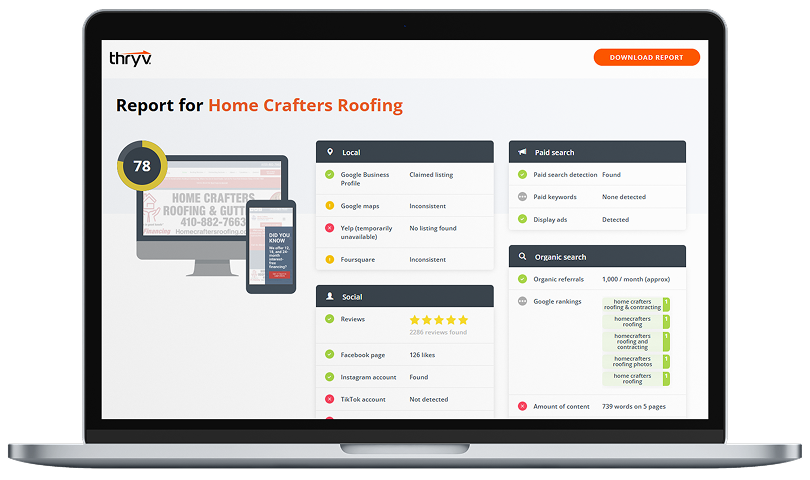In the first post of this series on the Strategy of Answering Questions, I provided an overview on how and why the strategy and tactics used in “spokesperson training” for a media interview could be applied to any business meeting, presentation or conversation.
In this post, we will talk about the rights you have when you agree to an interview or any business interaction.
The Right to Be Prepared – You should never enter into an interview without an understanding of what the interview is about. What are the topics to be discussed? Is this something you want to participate in? How can this interview benefit your company? Are other people being interviewed? Do you have enough time to prepare?
In our example from the first post, the overwhelming majority of interviewees went into the first interview without knowing what was about. In that situation, there was certainly a teacher/student dynamic, however things would have gone much better if the interviewees knew what they were going to be talking about ahead of time.
What about you? Have there been instances where you’ve gone into a meeting cold? Would it have gone better with preparation? Perhaps an agenda sent ahead of time?
In training for an interview, we tell interviewees that preparation includes their right to introduce topics into the interview. This holds true in business meetings also. You are the expert on your company or your cause. Be prepared to suggest relevant issues and discussion points that will interest your audience.
The Right to be Comfortable – In an interview situation, a camera person may give you instructions that make you feel physically uncomfortable. He/she may ask you to button your jacket, put your feet on the floor, take off your glasses or speak louder. Ask if the direction is necessary. Remember, they have learned “shortcuts” that may or may not enhance your appearance on camera. It is acceptable to say: “I’m really more comfortable with my jacket unbuttoned when I’m sitting.”
In a meeting, it is important to know where it is going to take place. If it’s a teleconference, make sure you are located in an area where there are no distractions. If you are able to secure a conference room before the meeting, do so. Make sure light from the windows isn’t in your eyes.
It is important to be comfortable for two reasons. First, when you are physically comfortable, you will be more confident. Second, you should be thinking about your message, and physical comfort will allow you to do that.
The Right to Be Treated Fairly – Common courtesy is not always common in an interview. During the first interview with our participants, I purposely interrupt answers. I do this to reinforce the fact that even though the camera is on or the notebook is out, you are still part of a two-party conversation and being rude should not be accepted.
This applies to the “real world” as well. Listen fully to questions, comments and answers provided by those who you are talking to. Again, you want to be focusing on your messages, not worrying about getting the next word in.
Now that you have agreed on the topic to be discussed and know your other rights, you are well on the way to answering questions and getting your messages across. My next blog post will focus on the ways to answer a question and I will even share with you those questions you don’t have to answer.



